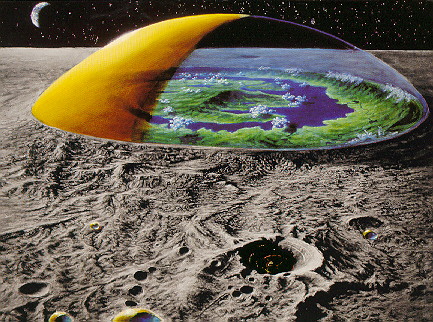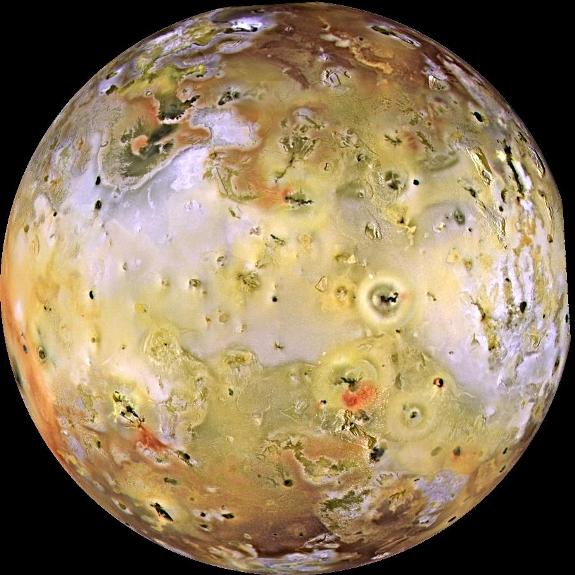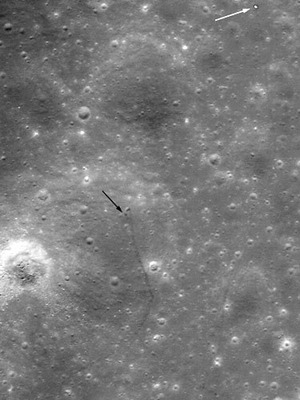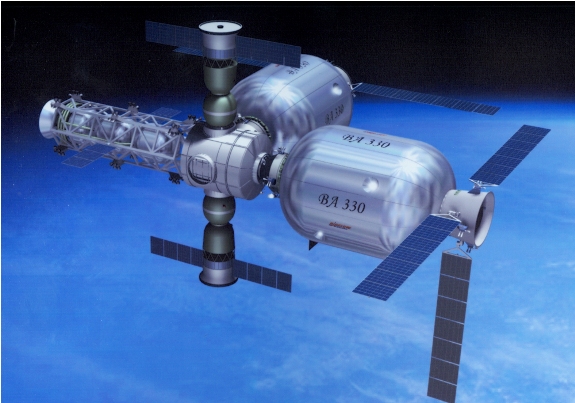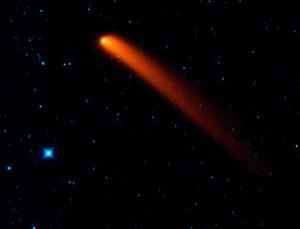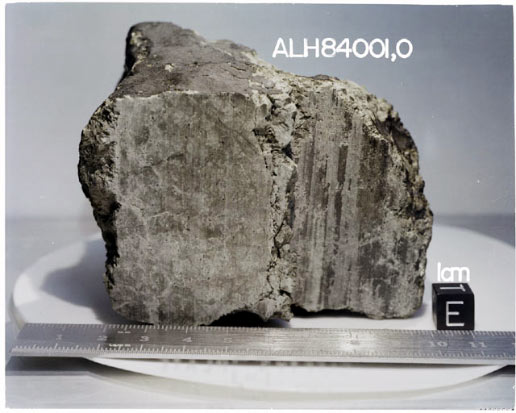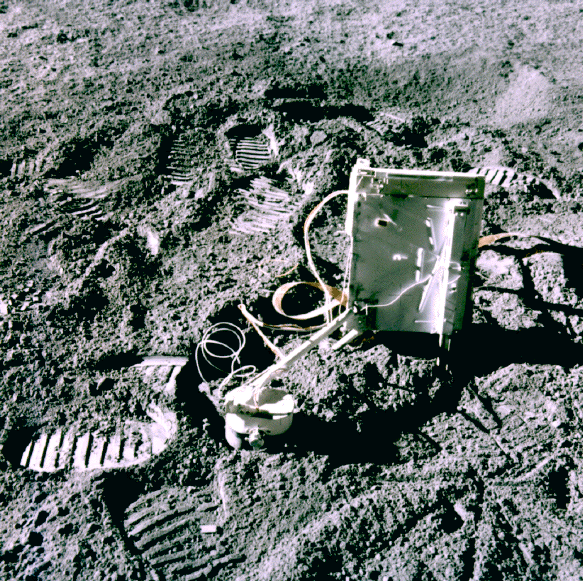An Artist’s Vision of a Future Colony on the Moon
Some time ago, I stumbled upon an amazing painting by Marshal T. Savage depicting his vision of a future colony on the Moon. It’s the same Copernicus Crater, except it’s domed over and terraformed to create an ecosphere. At first I thought that this was really cool, but it would be impossible to build such a gigantic structure. (The crater has a diameter of 93 kilometers!) However after giving it some thought I changed my mind. If it was built with a material strong enough like carbon nanotubes, it could in theory be built. While such as structure would be impossible on Earth, the Moon has a gravity six times lower, which…
Io – Moon of Jupiter
Io is the most volcanically active body in the solar system. It is the innermost of Jupiter's four major moons also known as the Galilean moons, named after their discoverer. Io's surface is constantly under construction. The volcanic eruptions quickly reshape every part of the moon's crust, so that a map of Io wouldn't stay accurate for quite long.
Rover Spotted On The Moon
The Russian Lunar rover Lunokhod 2 was recently spotted on the Moon’s surface. As shown in the photo below, the black arrow indicates where the tracks begin, while the white one shows the resting place of the rover. The arrows were placed by Phil Stooke, geography professor at University of Western Ontario. Richard Garriott, a successful video game developer and one of fewer than 10 private citizens to travel into space is the current owner of Lunokhod 2. He acquired it for over $68,500 when it was listed for sale in 1993 Sotheby’s auction. After seeing those findings, he mentioned plans to go see the rover from lunar orbit, or…
Inflatable Space Stations
NASA is considering the use of inflatable modules for the International Space Station (ISS). This idea has been proposed as early as in the 1960s, but it has never been put to use in space until Bigelow Aerospace took over the idea and developed two working prototypes and tested them in space.
Dark Asteroids Discovered, Possible Threat to Earth
Dark asteroids near Earth, hard to spot but potential threats. WISE infrared telescope helps detect them. What's the risk of asteroid impact?
Possibilities for Life on Mars
An article was recently published by Scientific American, a very reputable science magazine, stating that evidence was found that life existed on Mars and was brought to Earth on a meteorite. The meteorite in question is called "Allan Hills 84001". It was blasted from Mars by a huge meteorite impact 16 million years ago and crashed on Earth 13,000 years ago.
Did you know? The Moon has an Atmosphere
It is a common misconception that the Moon’s surface is a perfect vacuum. It is not! The Moon indeed has an atmosphere, a very tenuous one however. If you could capture the Moon’s entire atmosphere, it would weigh about 10,000 kg. In other words, it would weigh less than a large truck. Sources of the lunar atmosphere There are two main sources of the lunar atmosphere. One of them is outgassing, which is the release of gasses that originate from radioactive decay processes deep inside the crust and mantle of the Moon. The second source is through a process known as sputtering: atoms are ejected from solid materials on the…

